Red Emerald is so rare kind of crystal that they will not meet it on the shelves of jewelry stores and can not buy anywhere. Jewelers around the world call the red emerald the most rare precious crystal. Scientists counted that the deposits of the Red Emerald end up much earlier than oil. The gem is settled by rich collectors, without having time to get to the counter.
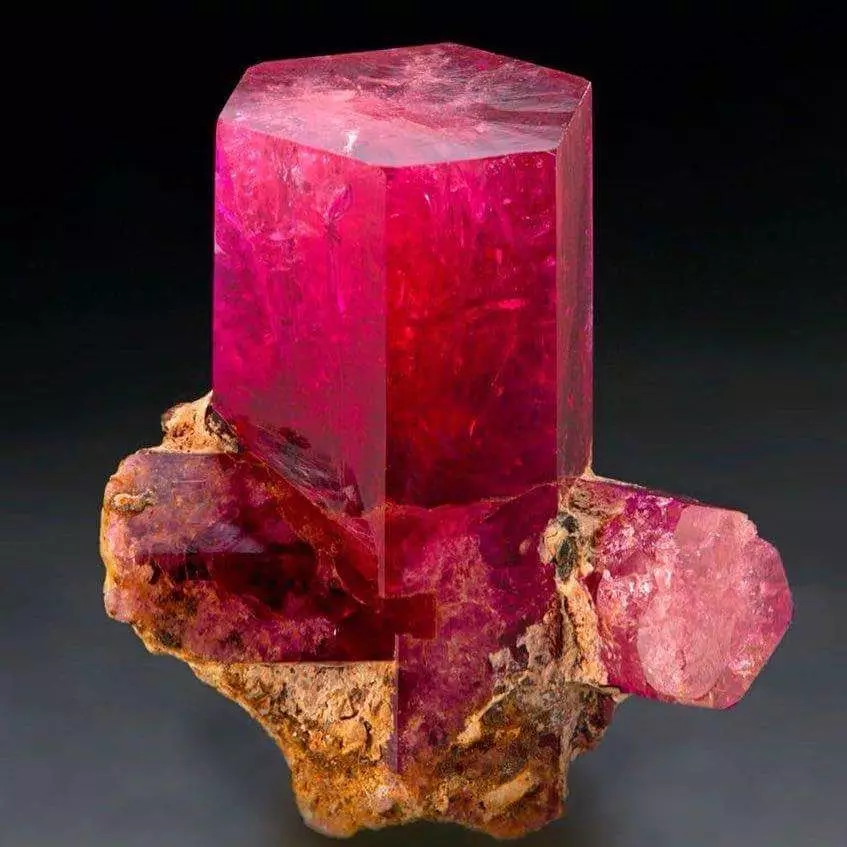

The origin of the crystal
In the world there are only two places of crystal extraction - this is the staff of Utah and New Mexico. At the beginning of the 20th century, the crystal was found at Thomas Range (Utah) at the Mountain Range. The most famous throat of red beryl crystals was found on Wah Wah Mountain in the 50s. This is a unique place where the precious mineral is mined in limited quantities. On 1 ton of ore accounts for 0.5 karat of red beryl, ready for cut. The fact is that very little mined crystals of this mineral are subject to cut.
The deposits of crystals are small, therefore the price for Beryl is preserved (the cost of one carat is 10,000 dollars). All over the world, the dealers are only 1 kilograms of this mineral.
Another rare variety of Beryl was discovered on Madagascar Island. It is called this crystal pezzottitis.
Due to the high prices and the rarity of the gems in Russia, synthetic bixbit began to grow.
This was done for the first time Belarusian scientists. Made a stone with a hydrothermal method. The size of artificial bixbit can be 10 centimeters. In the manufacture of a red emerald, a pressure of 3 thousand atmospheres and a temperature of 600 degrees Celsius is used. The stone is easily processed, viscous. It is easier to work with it than with natural beryl.
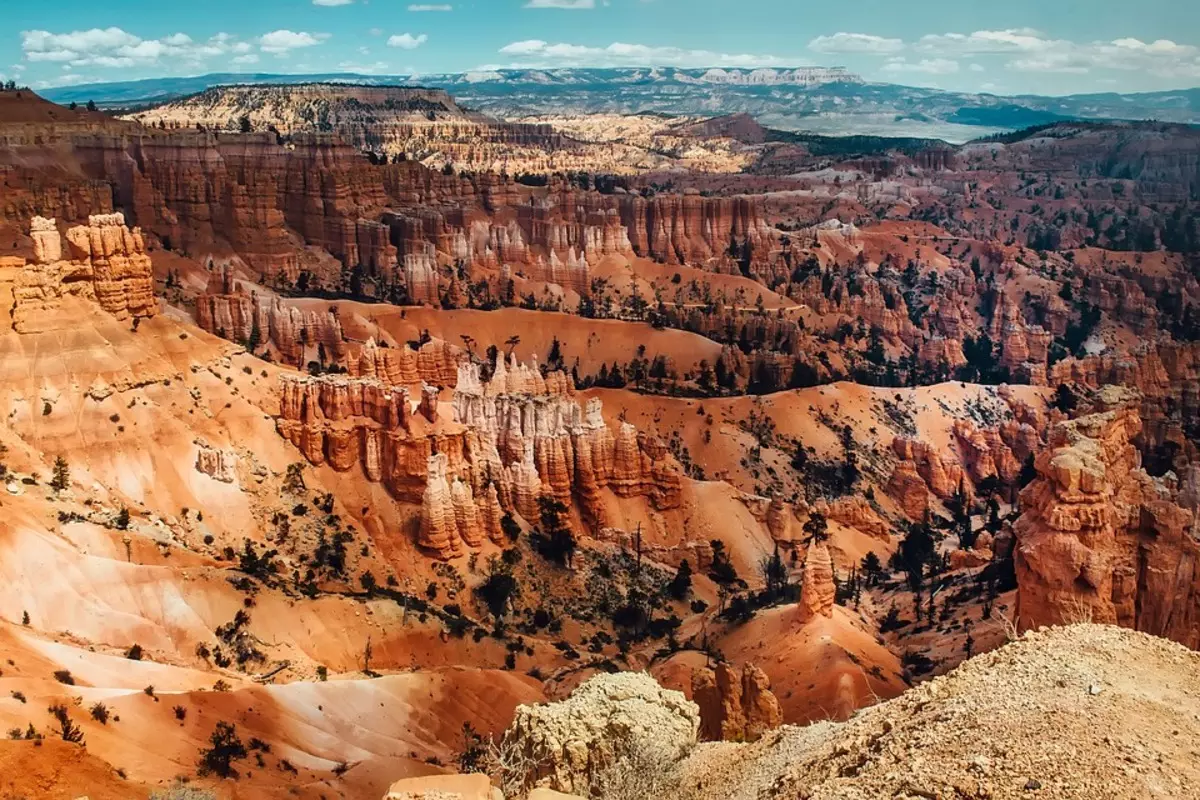

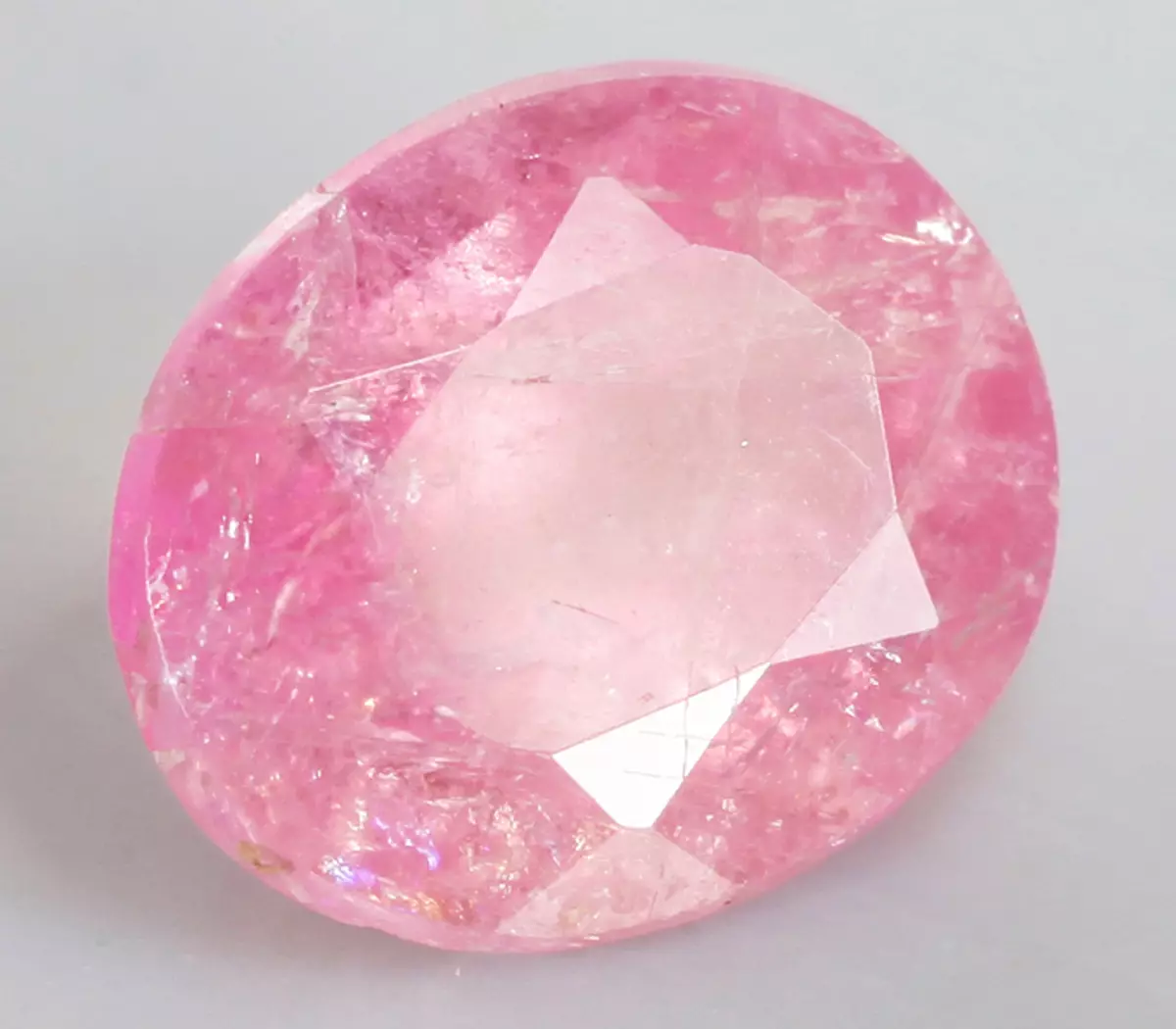
Shades of bixbit
The gem has a raspberry shade. Color range of shades does not differ in variety:
- raspberry-red;
- strawberry-red;
- Gooseberry red.
Other painting of Bixbit speaks of a variety of crystal or makes think about the authenticity of the gems. Petsotatitis is a type of bixbit, so he has another shade - pink.
The name of the Bixbit stone was due to the name of the discoverer. The geologist-collector found a mineral in the mountain rocks of Utah.
But in geology there was already a name similar to this - Bixbit. In order to prevent confusion, geologists are called bikxbit crystals with red beryl.
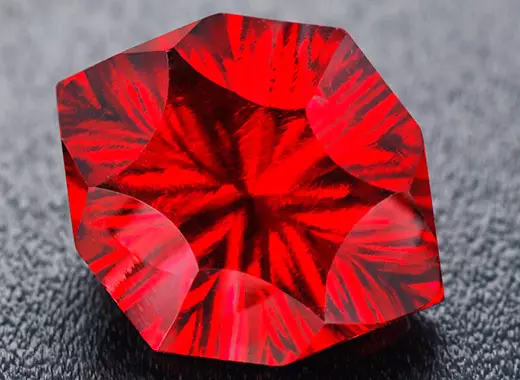
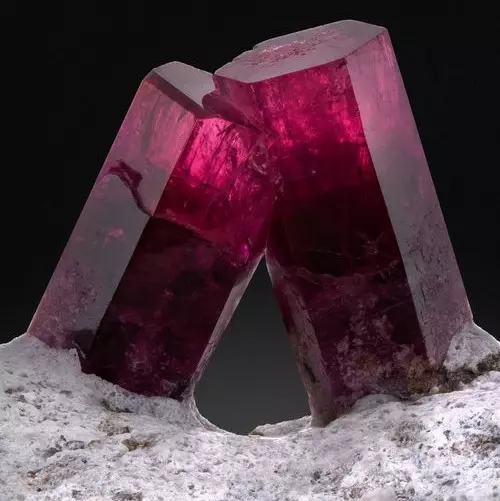
This mineral enters the class of silicates, creating prismatic, needle, table-filled crystals, as well as solid granular masses. The mineral is growing in granite pegmatites, grasenes, scannes, hydrothermal deposits. Beautifully colored crystals go to the cut as precious stones of high dignity. The physical characteristic of Berylla is this:
- High hardness;
- translucency;
- Glass shine;
- fragility in the cut;
- Raspberry color without inclusions and defects;
- has an admixture of manganese ions;
- Fravel curve;
- imperfect pliability;
- The largest cut stone weighs 10 carats;
- withstands the temperature of 1000 degrees Celsius;
- Withstand irradiation.

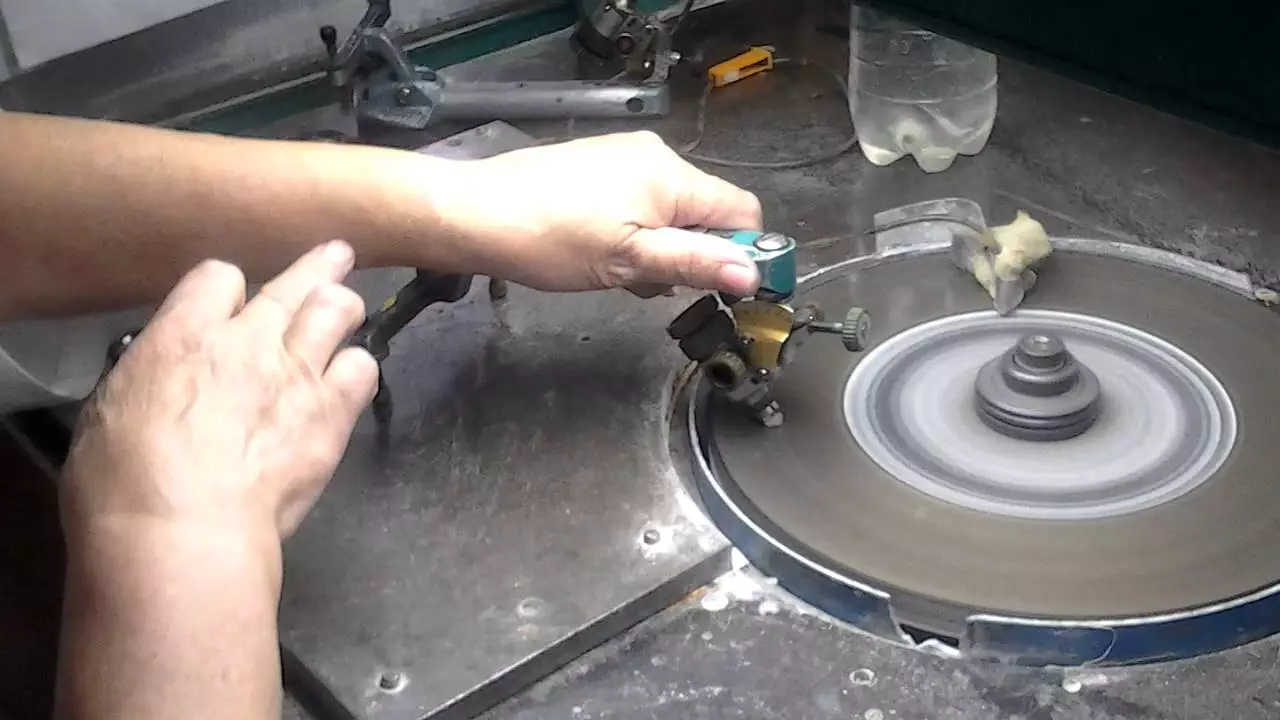

It is believed that the stone has magical properties, although it is unlikely to meet Beryl at psychics, fortune-law, magicians, sorcerers. The synthetic stone, probably, also has magic and healing properties, like natural beryl:
- Accident protection;
- Help with gynecological diseases;
- stops pain: dental, head, muscular;
- Good to strengthen the nervous system;
- favorably affects the cardiovascular system;
- improves eyesight;
- gives the well-being owner;
- dismits troubles and quarrels;
- retains male health;
- helps to get rid of laziness and succeed;
- takes away from the evil eye, envy;
- retains family relationships;
- improves mental abilities;
- travelers helps to find the road;
- The ancient Egyptians attributed an emerald the ability to learn thoughts, to foresee the future, turn the dreams into a pere.


Red Emerald is suitable for public people who speak a lot in front of people. Gives them confidence, eloquence, strength. The sign of the zodiac is more suitable for twins, scorpions, cancer and scales.
- Gemini will help to succeed.
- Scorpions will allow to become softer and caring.
- Libra will save from passivity.
- Cancers helps to create reliable rear, giving courage and determination.
This mineral destroys negative energy, cleans the owner's biofield. You should not purchase ornaments with Beryll Aries.
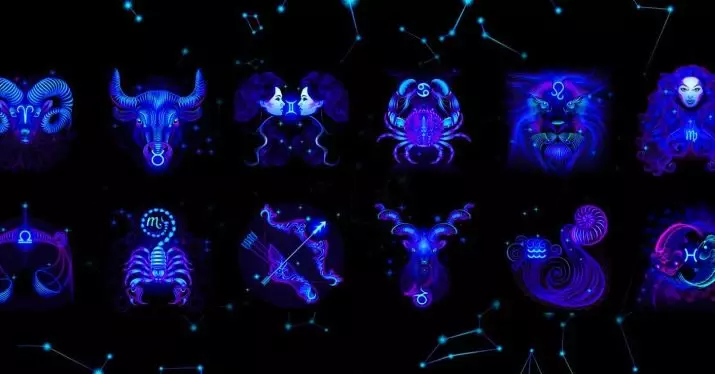
Difference
Artificially grown red emerald is quite difficult to distinguish from the present.
The main differences are as part of the mineral. The presence of water in the composition of the stone speaks of a fake. Crystal more than 0.5 carats can also be real. The refraction is higher in the fake.
Also, red emerald can be confused with a littered dioptase or arisite. In a different way, this mineral is called copper stone, it is not precious. The properties of these stones are identical, although with an increase you can see the differences in the stones. Perfect definition, low solidness, the presence of cracks - at the copper mineral.
Raduzhny gem, which is painted from yellowish and pink to green, sometimes issued for Beryl.
He has nothing to do with the latter. This mineral is a variety of tourmaline.
Artificial red emeralds or varieties of Berylla are sold in jewelry stores. This stone is impossible to purchase . When choosing a precious mineral, it is necessary to pay attention to the price of the crystal, physical properties and size. If necessary, you need to contact a specialist.
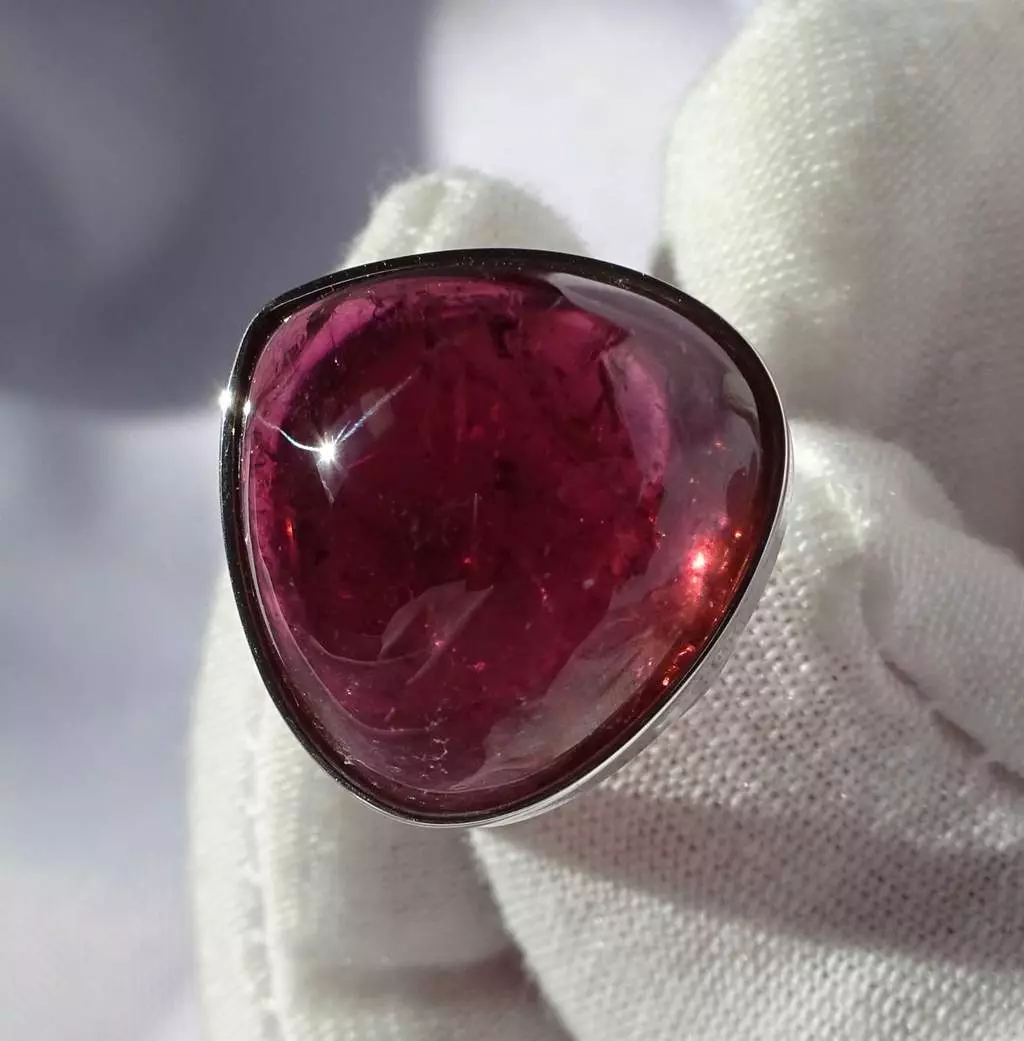

There is still a people's way to choose a stone: you need to take a mineral in your hand, if I don't want to part with him, then this is the right choice. You need to listen to your intuition and heart. It is said that natural stones are always cool, give cold when they take them in hand.
Beryl is inserted into seelings, necklace, brooches, pendants. Most often, gold, platinum, silver serve as a rim. Like all precious products, Berill also needs care. We take a stone from mechanical damage and sun. Store decoration in a special bag. Periodically rinse from pollution and dry well, as well as wipe the rag daily.
The real red emerald is beautiful, possesses therapeutic properties, but it is unrealistic to purchase it. However, you can afford a wonderful decoration from an artificial red emerald and enjoy a unique gem.
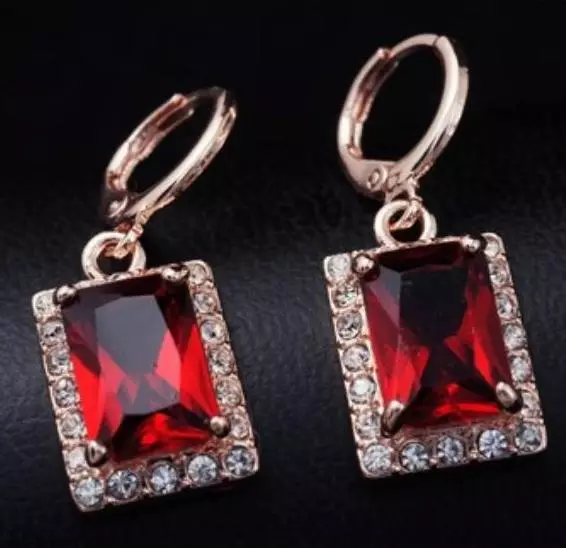
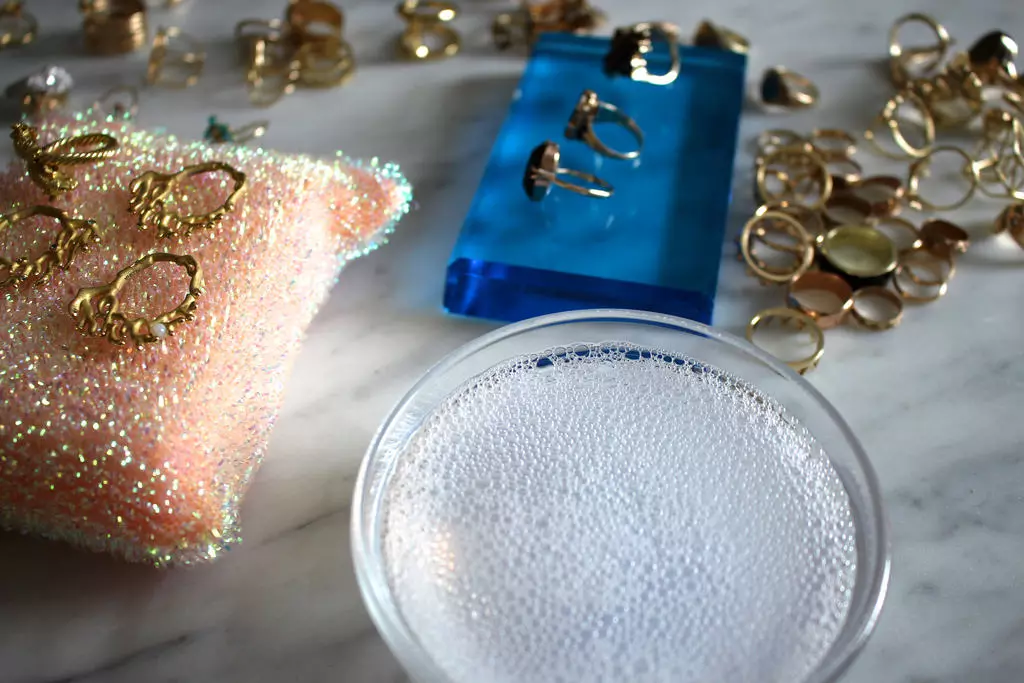
About how to distinguish natural stones from fakes, you will learn from the video below.
